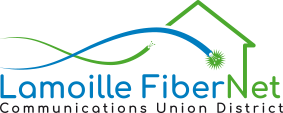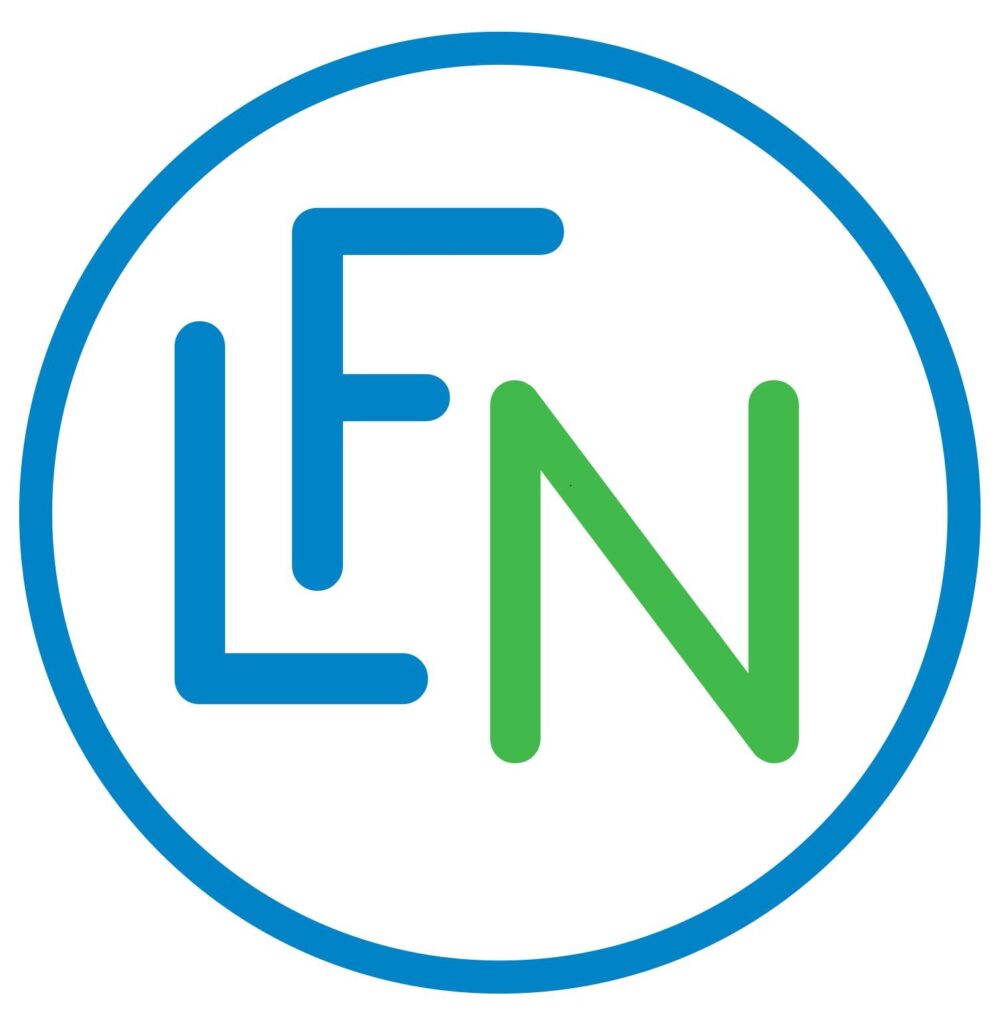What are the different types of broadband internet?
April 26, 2021 ‒ There are many different types of broadband, or high-speed internet. But how fast they are, and what types of usage they support, varies from type to type.
High earth orbit satellite internet
High earth orbit satellite internet is one of the slowest broadband internet options, but often the only one available for rural or remote addresses. High orbit satellite internet is delivered via wireless signal from space to a receiver dish mounted on the recipient’s building.
While this wireless technology means satellite dishes can be installed at almost any location, it also means data is transmitted very slowly, usually between 5-25 Mbps (Megabits per second), and with a lag that usually makes video conferencing impossible. Satellite ISPs may also come with a data cap that limits how much data you can use per month, with extra fees if you go over the limit. These limitations make satellite internet suitable only for basic browsing, email use, or limited streaming for one device at a time.
DSL (digital subscriber line)
DSL (digital subscriber line) is internet transmitted over existing copper phone lines but transmitted at a higher frequency than telephone communications. This makes DSL much faster than dial-up internet and it doesn’t tie up the phone line while it’s in use. DSL is available to just about any building that has a physical phone line, but it may not be much faster than satellite internet. Depending on what providers are in your area and how much you’re willing or able to pay, speeds can range from 10-100 Mbps. This makes DSL suitable for email, browsing, streaming on 2-3 devices simultaneously, or video conferencing for one device at a time.
Low earth orbit (LEO) satellite internet, such as Starlink, is internet provided wirelessly like regular satellite internet, but delivered from satellites which are positioned much lower in the earth’s atmosphere, allowing the signals to transmit much faster than with regular low-orbit satellites. This makes low-orbit satellite internet a great option for addresses in remote areas, as it can be deployed to almost any address, but it still manages to provide speeds anywhere from 50-200 Mbps, which can support simultaneous streaming on several devices, or video conferencing for one device at a time.
A recent survey by NEK Broadband showed that more than half the 44 respondents reported notable downtime, however. Also, Starlink needs a clear view of the north sky ‒ steep mountains and trees can block reception.
Cable internet
Cable internet is one of the fastest broadband options, but it is usually only available in densely populated areas such as cities or village centers and is rarely offered in rural or remote areas. Much like how DSL transmits signals over existing copper telephone wires, cable internet is transmitted over existing coaxial cables normally used for providing cable TV. Cable internet is much faster than DSL, ranging in speeds from 25-300 Mbps, which once again are largely determined by which providers are in your area and how much you’re willing or able to pay per month. However, cable internet can easily handle streaming and video conferencing for 2-3 people at once, and it also boasts much faster upload speeds than DSL or satellite.
Fiber internet
Fiber internet is internet provided over fiber optic cables, which can transmit data extremely fast over very long distances without any degradation of quality. Because it relies on wired technology which must usually be built out specifically for this purpose (unlike existing phone lines or cable TV lines), fiber is often expensive to build and therefore has been extremely slow to become available in rural areas. Fiber boasts speeds of up to 1,000 Mbps (or 1 Gigabit), and can handle HD streaming, fast downloads and uploads, and multiple simultaneous video meetings.
In short, here’s a comparison of these different technologies:
Type |
Speeds |
Availability |
Capability |
| High earth orbit satellite internet | 5-25 Mbps | Almost anywhere. | Basic browsing, email or limited streaming for one device at a time. |
| DSL | 10-100 Mbps | Almost anywhere with phone lines. | Browsing, email, streaming on 2-3 devices simultaneously or video conferencing for one device at a time. |
| Low earth orbit satellite internet | 50-200 Mbps | Almost any site with clear sky view and no tall trees or steep mountains. | Browsing, email, streaming on several devices at a time, or video conferencing for one device at a time. |
| Cable internet | 25-300 Mbps | Typically only in densely populated villages, towns & cities. | Browsing, email, streaming and video conferencing for 2-3 people at one time. |
| Fiber internet | up to 1,000 Mbps | Anywhere, though very expensive in extremely remote areas or areas with underground conduit instead of poles. | Browsing, email, HD streaming, fast downloads and uploads, and multiple simultaneous video meetings.
|
Submitted by Charlotte Reber, Governing Board Member, and the Technology Committee of Lamoille FiberNet Communications Union District.
The mission of Lamoille FiberNet Communications Union District (LFCUD) is to make locally controlled, affordable and reliable high-speed internet service available to every address in our member towns. For more info, go to http://www.LamoilleFiber.net.
***




